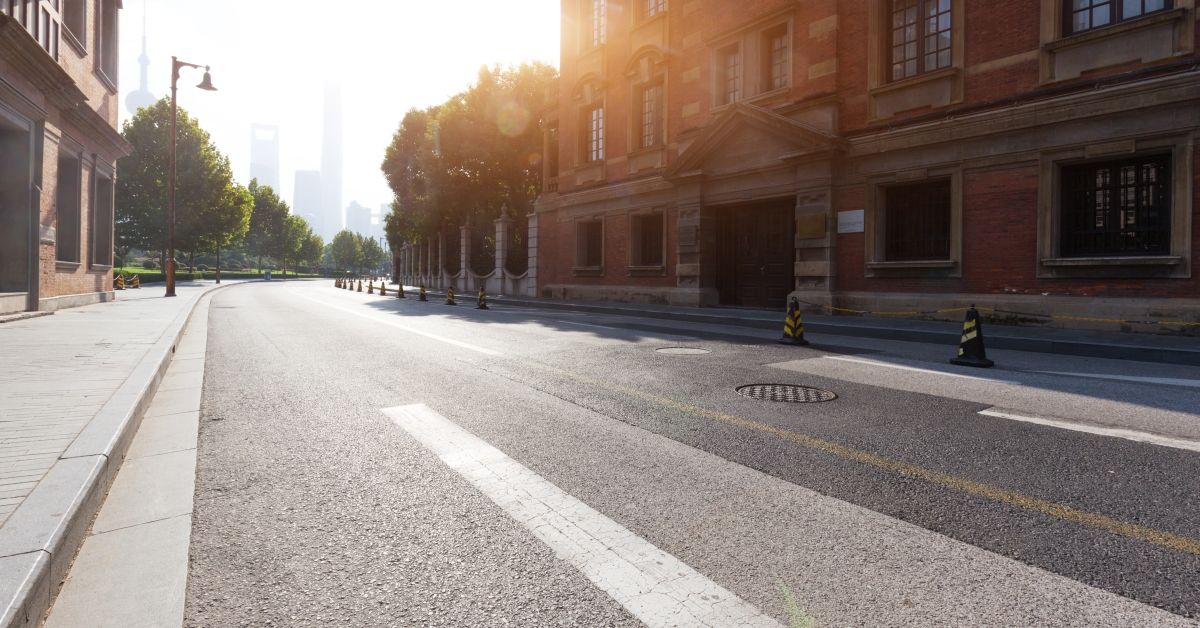Some U.S. cities are testing a material called PlusTi that is absorbed into asphalt and meant to extend the life of the roads, keep them cooler, and also get rid of some tailpipe pollution. Like sun blocks used by people, the material contains titanium dioxide, a substance that refracts light and filters out UV rays. However, references to PlusTi in news coverage as a "sunblock for roads" are figurative, not literal.
In early July 2021, the British news site The Independent published a headline that went viral: "US cities trial ‘sun block’ on asphalt to slash city heat and break down harmful traffic pollution." The idea of putting sunblock on roads as some parts of the U.S., particularly West Coast states have been experiencing record-breaking heat, turned heads.
It's true that some jurisdictions in the U.S. are experimenting with a substance called PlusTi that is spread on pavement. PlusTi is made by a Cleveland, Ohio-based company called Pavement Technology, Inc. It contains titanium dioxide, which is often found in sunblock, and, according to the company, PlusTi not only helps keep asphalt cooler but also reduces pollution from tailpipe emissions.
But to call the material "sunblock" may be a bit of a stretch. Although the phrase was probably used figuratively to describe the material in terms easily pictured by the general public, it shouldn't be taken literally. In other words, no, cities aren't spreading Coppertone on roads.
In an email to Snopes, Pavement Technology consultant Ken Holton said that unlike sunblock, PlusTi is drawn into the pavement and doesn't wash away. Holton told us the material is currently being deployed in ten cities, including Orlando, Florida, Charleston, South Carolina, Charlotte, North Carolina, and Cincinnati, Ohio.
Here's how the Charleston Post and Courier described how it works:
Titanium dioxide — which is used in many common products, including paints and varnishes, papers and plastics, inks, fibers, rubber, cosmetics and even food — is activated by ultraviolet light and throws off an electron. The free radical briefly suspended above the roadway breaks down pollutants, reducing nitrous oxide by up to 40 percent.
That’s chemistry at work.

